Delonghi portable air conditioners are a convenient and versatile solution for cooling your space. However, just like any other air conditioning unit, proper maintenance is essential to ensure optimal performance and longevity. One crucial aspect of maintenance is draining the condensation that accumulates within the unit during operation.
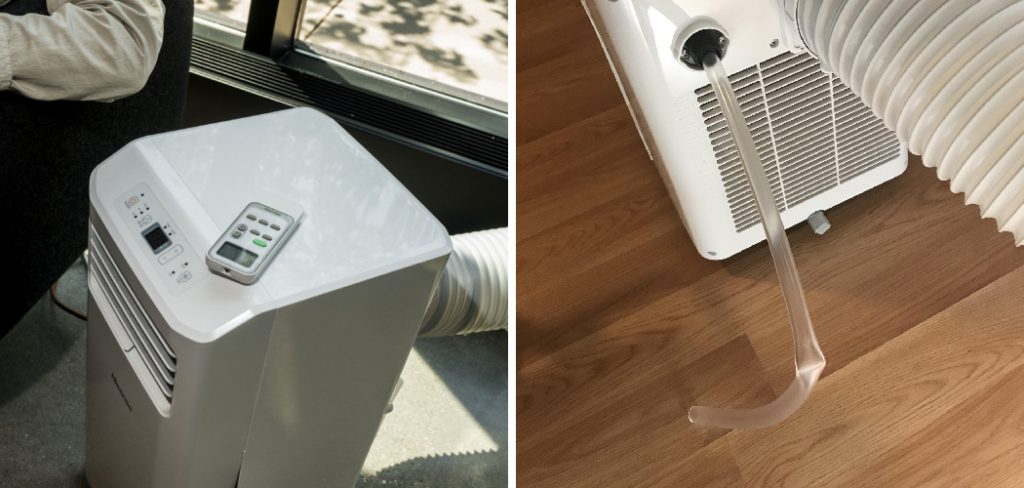
In this article, we will explore the step-by-step process of how to drain delonghi portable ac. By following these instructions, you can effectively remove excess moisture and prevent any potential issues caused by water buildup.
Whether you are a new owner or have been using a Delonghi portable AC for some time, understanding how to drain it properly will help maintain its efficiency and keep your space comfortably cool.
The Importance of Draining a DeLonghi Portable AC
Maintaining your DeLonghi Portable AC unit correctly is essential for enjoying a comfortable and efficient cooling system. One of the most important maintenance tasks is to regularly drain the unit of excess condensation.
Without this step, not only will you be more likely to run into performance issues, but you can also void the warranty on the product if it hasn’t been drained within a certain timeframe.
The exact draining process may vary slightly depending on your model, but here are some general instructions: First, locate the drainage plug at the back of your portable air conditioner and remove it. Place a bucket underneath to catch any water that might come out when you open it.
Next, use a hose or other implement to siphon out the water from inside the unit. Once you have successfully drained all of the excess condensation, use a cloth or sponge to wipe away any moisture that may remain on the surface of the unit.
It’s important to note that draining your DeLonghi Portable AC should be done as frequently as possible, especially during times of heavy use and high humidity. The frequency can range from once every few weeks to a few times per month depending on conditions in your area; it is best to consult your owner’s manual for the specific recommended times.
Additionally, make sure you check the drainage plug periodically to ensure it is in good condition and free of debris or clogs. This will help prevent water from leaking out when draining your unit.
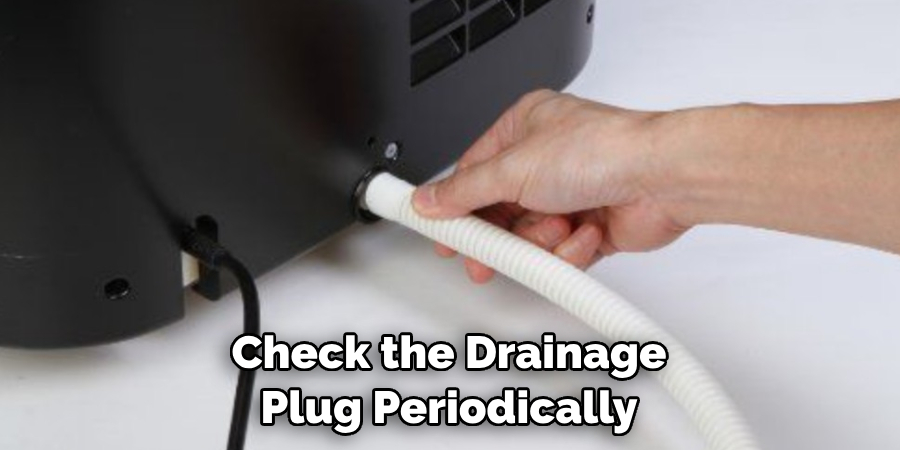
The Potential Consequences of Not Draining the Ac Properly
Failure to properly drain a Delonghi portable AC can lead to a number of issues. One potential consequence is that the unit will not cool as efficiently, leading to higher energy bills and less comfort in your home.
Additionally, water buildup in the system can cause rusting of its components, which over time may result in a need for costly replacement parts or even an entirely new air conditioning unit. Furthermore, without proper draining, bacteria and mold may be able to grow inside the system’s evaporator coil creating poor indoor air quality.
Finally, it is possible that excess condensation could leak outside of the unit causing potential damage to nearby surfaces or furniture.
For these reasons it is important to ensure you’re following proper procedures when draining your Delonghi portable AC. This will help to maintain its efficiency, longevity, and overall performance.
Always refer to the user manual before beginning any maintenance or cleaning of the unit to ensure that you are following proper instructions for draining it safely.
Furthermore, if you’re ever unsure about how to properly drain a Delonghi portable AC, always consult an authorized professional who is familiar with these types of units. Doing so can help save time and money in the long run by avoiding costly damages or repairs.
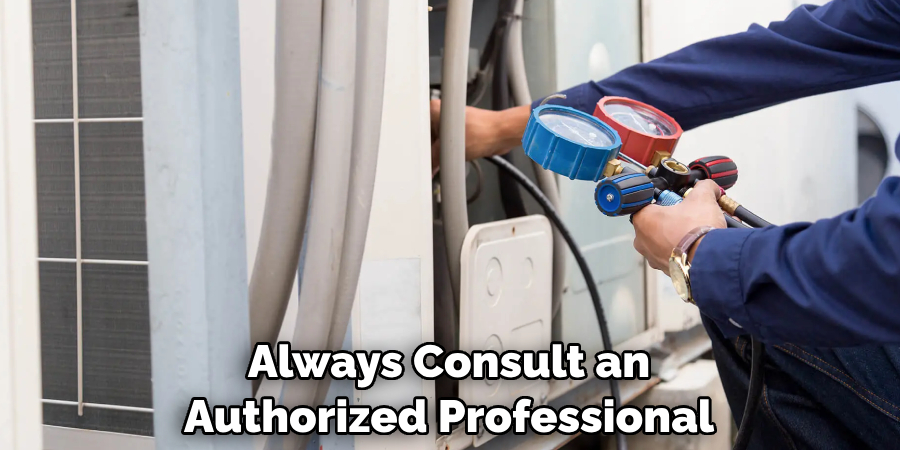
By taking the necessary precautions when draining a Delonghi portable AC, you can rest assured knowing that your investment will be protected as well as maintaining comfortable conditions inside your home.
10 Ways How to Drain Delonghi Portable AC
1. Manual Drainage:
The most common method of draining a Delonghi portable air conditioner is through manual drainage. Locate the drain plug or drain hole at the back or bottom of the unit. Place a shallow pan or bucket beneath the drain, carefully remove the plug, and allow the condensation water to flow into the container. Monitor the pan and empty it as needed to prevent overflow.
Once the draining is complete, replace the plug and return it to its original position. While this method is popular for smaller models, it can be tedious and time-consuming for larger units.
Though manual drainage is the most common way to drain Delonghi portable air conditioners, it’s not the only method. If you find that manual drainage is too cumbersome, you may want to consider one of the alternative options.
2. Continuous Drainage Option:
Many Delonghi portable AC models come with a continuous drainage option. Locate the drainage port at the back of the unit and attach a hose securely. Ensure the other end of the hose is positioned over a drain or a suitable outlet for the water to flow. This method eliminates the need for manual monitoring and emptying of a collection pan.
Note that the continuous drainage option is not available for all Delonghi models. Refer to the instruction manual for specific instructions on how to drain your model.
If your Delonghi portable AC does not come with a continuous drainage option, you can use the manual collection pan method to remove excess water. When the collection pan is full, switch off the AC and remove it carefully.
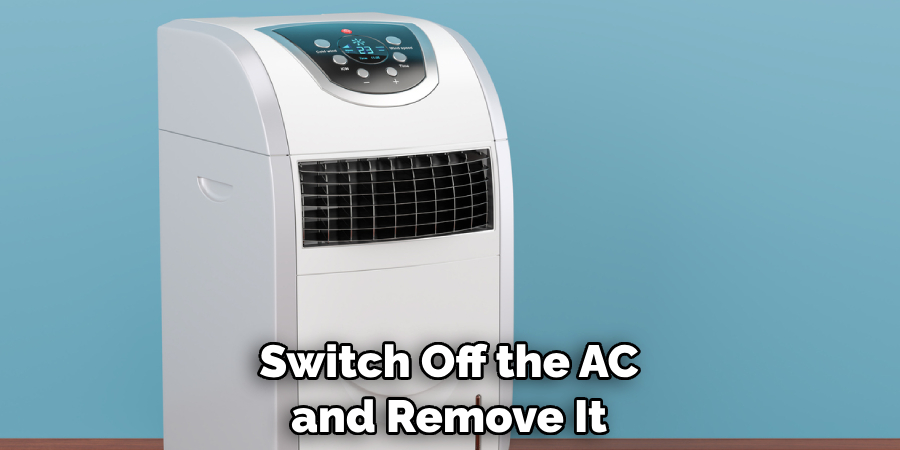
Empty the contents of the collection pan in a suitable receptacle before replacing it. Ensure the collection pan is securely replaced and the AC unit is switched back on for uninterrupted cooling. Refer to your instruction manual for
3. Gravity Drainage:
Gravity drainage is an effective method for draining your Delonghi portable air conditioner. Elevate the unit slightly by placing it on a stable platform or raising one end with sturdy objects. Position a shallow pan or bucket beneath the drain, making sure it is lower than the unit’s drainage port. Gravity will allow the condensation to flow naturally into the container.
Check the condensation regularly to prevent overflowing. When finished, remove the pan and allow any remaining water to drain fully from the unit. Be sure to dispose of the drainage properly. Though gravity drainage is effective, it may take some time to fully drain a unit.
For this reason, it may be best to use the gravity method only for occasional draining, and use a tube or hose system for regular maintenance.
4. Condensate Pump:
For situations where you need to drain the condensation to a higher point or a remote location, using a condensate pump can be a practical solution. Connect the pump to the drainage port of your Delonghi portable AC and attach a hose to the pump’s outlet.
Position the hose to direct the water where desired. Condensate pumps provide flexibility in draining and are particularly useful for units placed in basements or areas with limited access to a drain.
A condensate pump can usually be purchased from an HVAC supply store or home improvement center. Make sure to get a pump that is suited for use with a portable AC. Follow the installation instructions provided with your condensate pump, paying close attention to safety procedures.
When installing a condensate pump, make sure to keep the power cord away from water and other liquids. To avoid any problems with water damage, inspect the pump regularly and replace any parts that may be worn or defective.
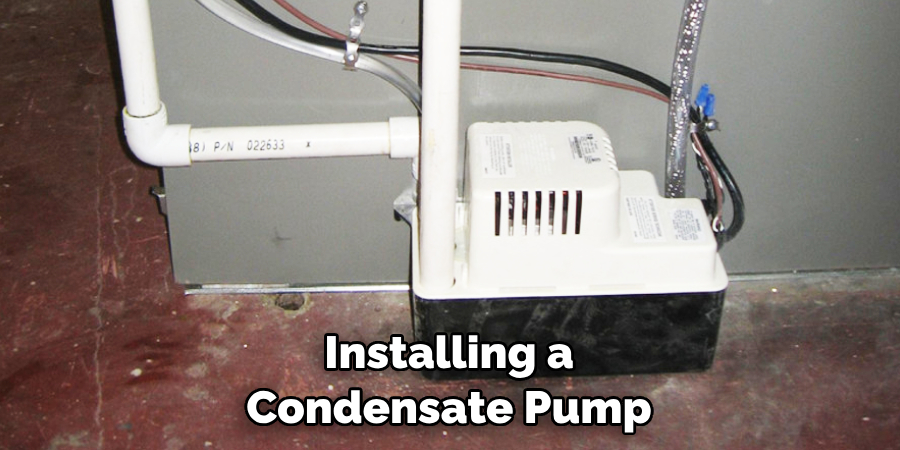
5. Self-Evaporative Technology:
Some Delonghi portable air conditioners feature self-evaporative technology, which minimizes the need for manual drainage. These units utilize the evaporative process to reduce condensation. As a result, they may require less frequent draining or, in some cases, no draining at all. Check your unit’s specifications or user manual to determine if your model has this feature.
Manual Draining: If manual draining is required for your Delonghi portable AC, you will need to locate the drain plugs located on the back or rear side of the unit. Depending on your model, you may need to remove a panel or cover in order to access the plugs. Once you have located the drain plugs, remove them and place a bucket or pan underneath to catch any excess water.
6. Automatic Shut-Off:
Certain Delonghi portable AC models are equipped with an automatic shut-off feature that activates when the condensation reservoir is full. Once the reservoir reaches its capacity, the unit will stop cooling until the reservoir is emptied. This feature ensures that the unit does not overflow and helps prevent any potential water damage.
To drain the condensation reservoir, locate your unit’s condensate tank. This is typically located near the base of the unit and can be identified by a spigot or valve. To begin draining the reservoir, use a container to catch the water and carefully open the valve.
7. Timed Drainage:
Some Delonghi portable air conditioners offer a timed drainage option. This feature allows you to set a specific interval for the unit to drain the accumulated condensation automatically. Refer to your unit’s user manual for instructions on how to activate and program the timed drainage function.
If you have a newer model, the timed drainage feature may be activated through the digital control panel. While the exact programming procedure may vary from model to model, most require that you select a desired time interval and press the “Start” or “Activate” button.
8. Check for Leaks:
Regularly inspect your Delonghi portable AC for any signs of water leakage or abnormal moisture accumulation. Excessive leakage or water pooling around the unit may indicate an issue with the drainage system. Inspect the hoses, connections, and drainage components for any damage or misalignment.
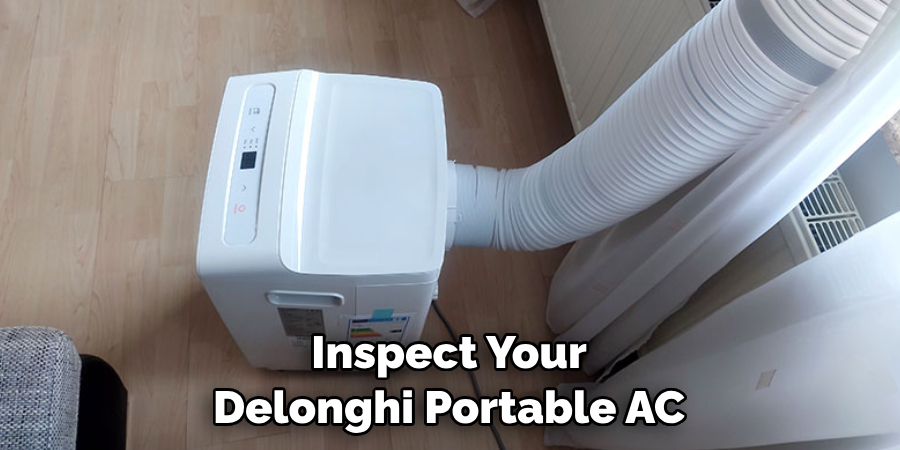
Promptly address any leaks to prevent further complications. Though the unit should drain automatically, it’s important to occasionally check your Delonghi portable AC and clear any clogs or debris. Cleaning the condensation drain and pump should be done at least once a month to ensure optimal drainage performance.
9. Regular Cleaning and Maintenance:
To ensure effective drainage, it is crucial to perform regular cleaning and maintenance on your Delonghi portable air conditioner. Clean or replace the air filters as recommended by the manufacturer. Dust and debris accumulation can obstruct proper airflow and lead to increased condensation.
Additionally, inspect the drain plug, hoses, and drainage ports for any clogs or blockages, and clear them as necessary.
It is also important to regularly clean the condensate collector bowl and pipes. This can be done by disconnecting the drain hose from the unit and flushing it with warm water. You may also want to use a mild detergent or vinegar solution for deeper cleaning. After that, reattach the drain hose and test the drainage system to make sure everything is working properly.
10. Consult the User Manual:
Always refer to the user manual specific to your Delonghi portable air conditioner model. The manual provides detailed instructions and guidelines for proper drainage procedures, as well as specific maintenance recommendations tailored to your unit. Following the manufacturer’s instructions ensures that you perform the draining process correctly and avoid any potential damage to your unit.
Depending on your model, your Delonghi portable air conditioner may have a built-in drainage system with a drain hose that allows you to easily drain water from the unit. If your model does not have a built-in drainage system, refer to the user manual for specific instructions on how to manually drain the water.
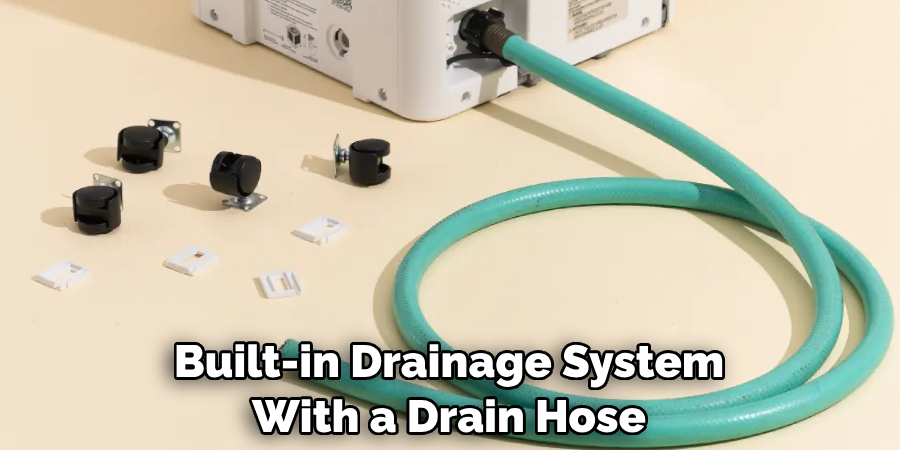
Conclusion
Overall, learning how to drain a DeLonghi portable AC unit can be a daunting task. However, once you have understood the basic steps and the correct procedure, it will become much simpler and more straightforward for you.
Regularly draining your DeLonghi portable AC is important in order to keep it functioning properly and to prevent any mechanical damage from occurring. You should also have some basic understanding of how the system of the appliance works so that maintenance is easier and simpler.
All in all, with the help of this blog post, you now know exactly what steps to follow and take when it comes time to drain your DeLonghi portable AC. Continue researching on the internet for other useful tips and tutorials on how to drain delonghi portable ac in order to ensure that your appliance keeps operating as efficiently and effectively as possible for years to come!

